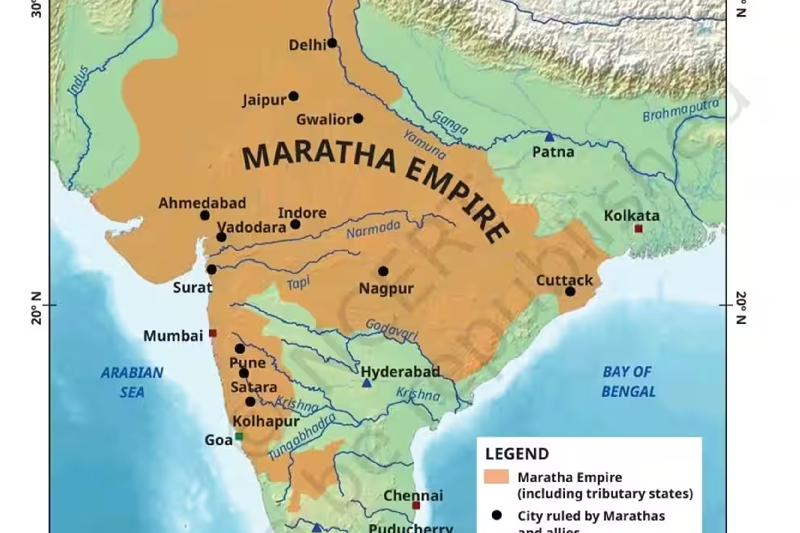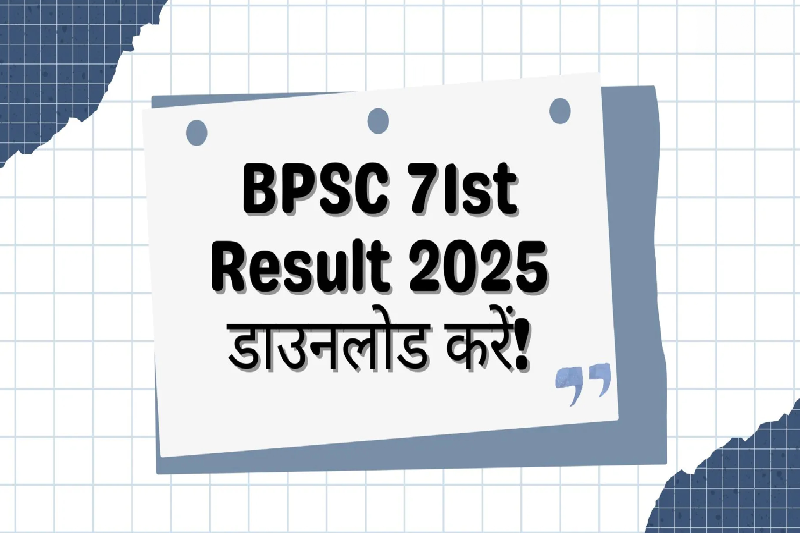
Jaisalmer Royal Questions NCERT's Depiction of the Maratha Empire in Class 8 Textbook
The release of a new Class 8 Social Science textbook by the National Council of Educational Research and Training (NCERT) has sparked a fresh wave of controversy in India's academic and historical circles. Chaitanya Raj Singh, a member of the erstwhile royal family of Jaisalmer, has strongly objected to a map featured in the book that depicts Jaisalmer as part of the Maratha Empire in 1759. Labeling the inclusion as “historically misleading and baseless,” Singh has called for immediate corrective measures from the Union Ministry of Education.
The Controversy Explained
On Monday, Chaitanya Raj Singh took to the social media platform X to voice his concern regarding the textbook's content. He pointed out that the new map, presented in Unit 3 on page 71 of the textbook, inaccurately portrays Jaisalmer as a region under Maratha control during the mid-18th century. Singh stated that no historical records validate such claims of Maratha dominance, taxation, or invasions over Jaisalmer, making the depiction factually incorrect.
What the Map Depicts
The disputed map shows the extent of the Maratha Empire in 1759, highlighting parts of present-day Maharashtra and vast areas of Gujarat, Rajasthan, Lahore, and Peshawar. It classifies certain regions, including Jaisalmer, as direct Maratha territories or tributary states. The image presents an exaggerated territorial reach of the Marathas, potentially misleading students about the historical political landscape of 18th-century India.
The Royal Statement and Historical Records
Chaitanya Raj Singh emphasized that his family's preserved royal archives indicate that the Marathas had no recorded interference in Jaisalmer's sovereignty. He noted that there were no invasions, no tax collections, nor any form of Maratha authority exercised over the princely state. Singh warned that including unverified historical data in official school textbooks not only distorts historical understanding but also undermines the sacrifices and valor of Jaisalmer's ancestors who defended their sovereignty through generations.
“This is not merely a textbook error,” Singh asserted. “It appears to be an attempt to tarnish the sovereignty and proud legacy of Jaisalmer's rulers.” He further expressed concern about the impact such inaccuracies could have on the credibility of NCERT and the overall trust in the national curriculum.
Call for Action and Educational Implications
In his post, Singh directly urged Union Education Minister Dharmendra Pradhan to intervene in the matter. He demanded an immediate review and correction of what he termed “erroneous, malicious, and agenda-driven presentations” in the NCERT textbook. Singh linked the issue to a broader concern over “historical dignity, self-respect, and the integrity of the national curriculum,” stressing that prompt action is necessary to maintain the sanctity of educational resources.
Historians and educators have long warned about the dangers of inaccuracies in academic materials, as they can lead to widespread misconceptions among students. Such representations, when uncorrected, can also create long-term biases in understanding India's complex political history.
NCERT's Position and Curriculum Background
As of now, NCERT has not issued a statement responding to the allegations. The controversy arises just weeks after the release of the updated textbook, which features a dedicated chapter on the Marathas. Under the previous curriculum, Class 7 history books addressed the Marathas as part of a broader chapter on 18th-century political formations. The older versions included two maps showing the Maratha influence but did not outline specific boundaries over regions like Rajasthan.
According to the earlier edition, Maratha dominance expanded rapidly after their raid on Delhi in 1737, reaching territories in Rajasthan, Punjab, Bengal, Orissa, Karnataka, and Tamil Nadu. However, these areas were described as tributary states rather than direct conquests, making the new map’s depiction of Jaisalmer as a Maratha territory particularly questionable.
The Broader Impact on Education and History
The controversy highlights an ongoing debate over how history is interpreted and taught in Indian schools. Experts believe that inaccuracies or unverified claims in textbooks can severely distort the understanding of India’s past. When educational content conflicts with well-documented historical evidence, it undermines not just the curriculum but also the students’ ability to critically analyze historical events.
This incident also opens discussions on the need for more rigorous fact-checking and peer review in textbook development. Ensuring historical accuracy is crucial to maintaining academic integrity and avoiding regional or cultural discontent that may arise from misrepresented histories.
Conclusion
The uproar over NCERT's new Class 8 textbook reflects deeper concerns about the reliability of educational material provided to millions of students nationwide. With the Jaisalmer royal family calling for immediate action, it remains to be seen whether the Union Ministry of Education will initiate a review and ensure corrections. As history continues to shape young minds, the debate emphasizes the importance of accuracy, authenticity, and responsibility in educational publications.



